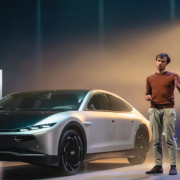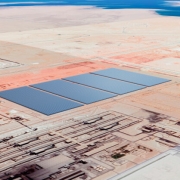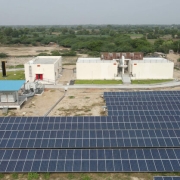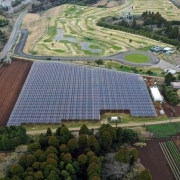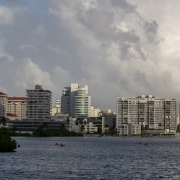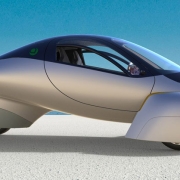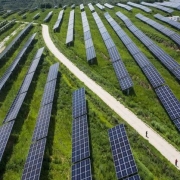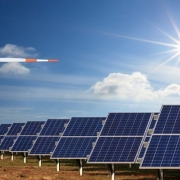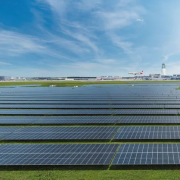EV startup Lightyear revealed its first solar-powered electric vehicle, dubbed Lightyear 0, at an event this week in the Netherlands. The vehicle, which Lightyear describes as production-ready, has 388 miles of range, 44 miles of which are derived from solar power alone.
The Lightyear 0 is the product of six years of research and development from its engineering team. That said, it doesn’t look too dissimilar from the sleek sedan prototype first revealed by the company in 2019. The specs are a little more down to earth: 388 miles versus the prototype’s 450 miles — but the overall shape and design of the vehicle appear mostly unchanged.
Click here to read the full article
Source: The Verge
—
If you have any questions or thoughts about the topic, feel free to contact us here or leave a comment below.

